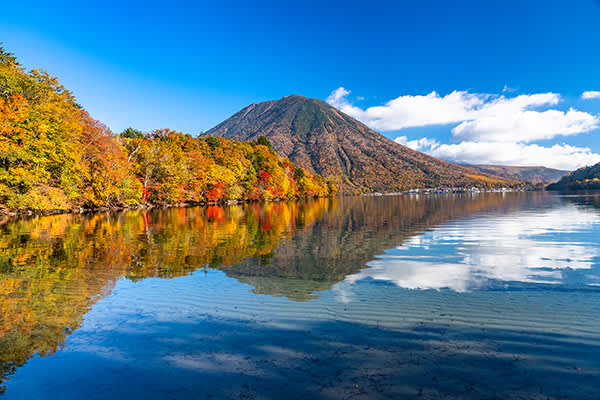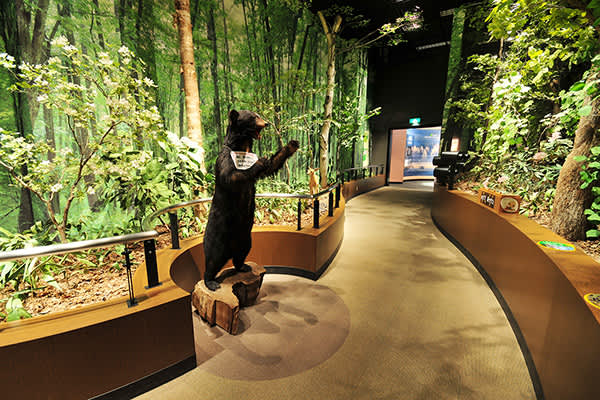Nikko National Park is located in a mountainous region northeast of Tokyo and spans three prefectures—Gunma, Tochigi and Fukushima—covering an area of 114, 908 hectares. Most of the park is comprised of mountains in the Nasu volcanic zone, and includes Mt. Shirane (2,578 m), Mt. Nantai (2,496) and Mt. Nasu (1,917 m). At the foot of these mountains are magnificent lakes, marshes, waterfalls, valleys and mixed forests, which are home to flourishing wildlife. Nikko City, home to the UNESCO World Heritage Shrines and Temples of Nikko, is nestled in these beautiful natural surroundings.

What is Shugendo?
Shugendo is a syncretic faith often referred to as “mountain worship.” It blends elements of Shintoism and Buddhism with ascetic practices in nature, like waterfall meditation and mountain training, emphasizing a reverence for the mountains and surrounding nature. Nikko’s history of Shugendo begins with the legendary monk Shodo Shonin (735–817), who was guided to Mt. Nantai by a message from the deity Myojo Tenshi. Records show that he was the first to summit Mt. Nantai, and that he discovered areas like Lake Chuzenji and Kegon Falls. He also laid the foundation for many of Nikko’s historic temples and shrines, including Nikkosan Rinnoji Temple, Chuzenji Temple, and Nikko Futarasan-jinja Shrine. To this day, Shugendo practitioners dressed in traditional vestments, are sometimes seen climbing the holy mountains of Okunikko, as a practice of worship.








